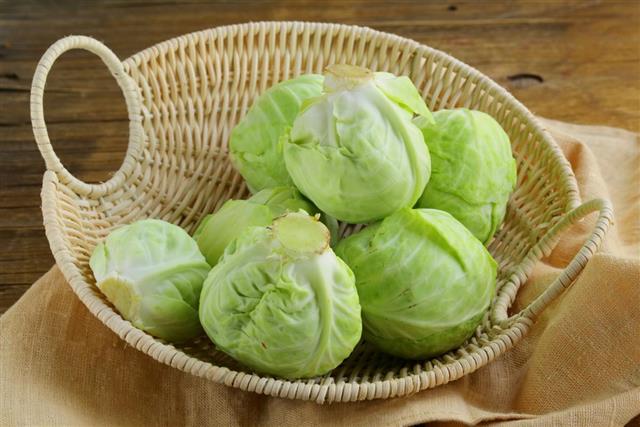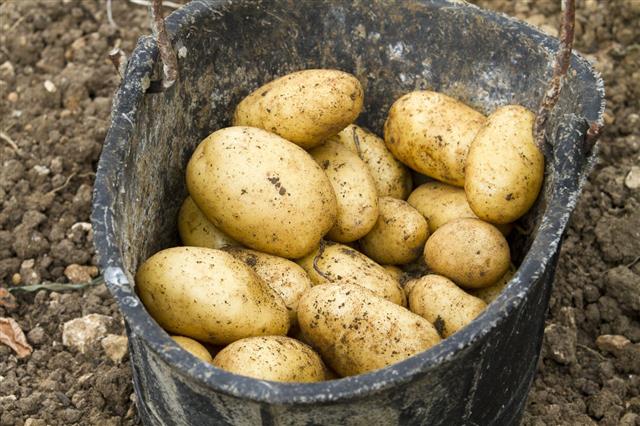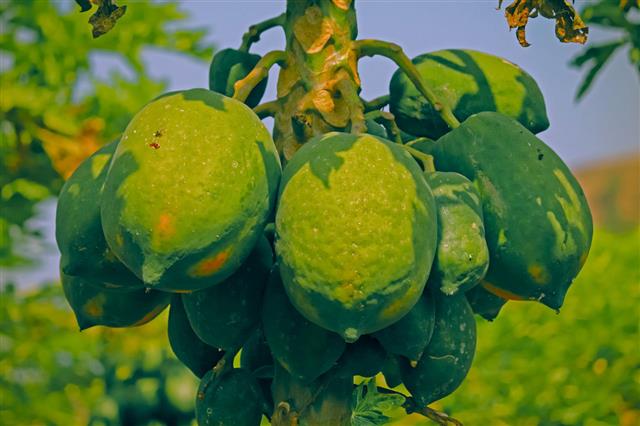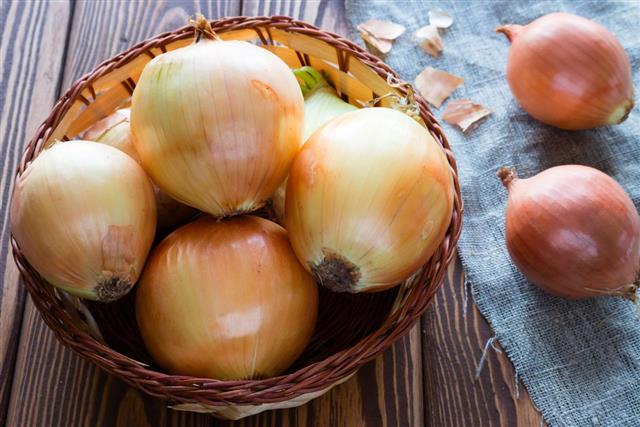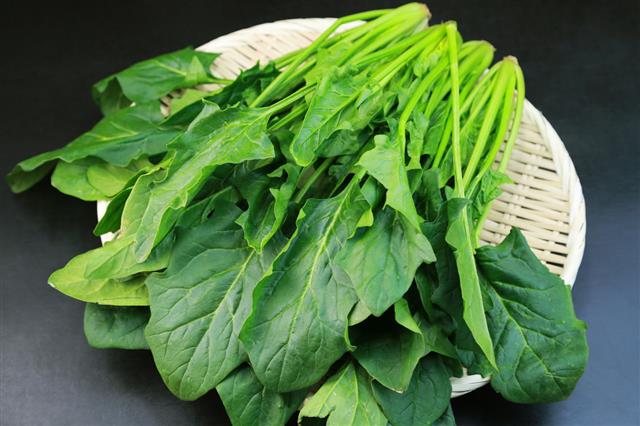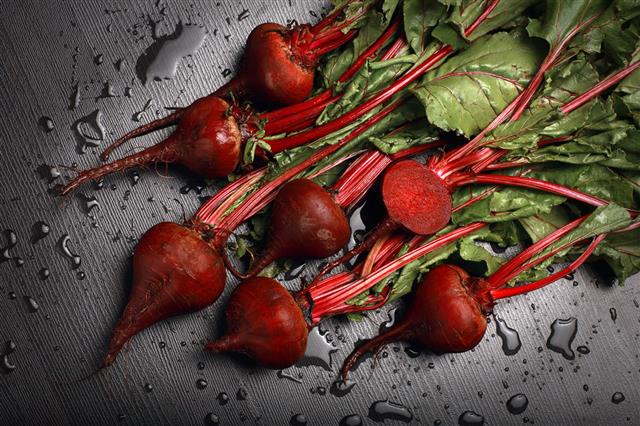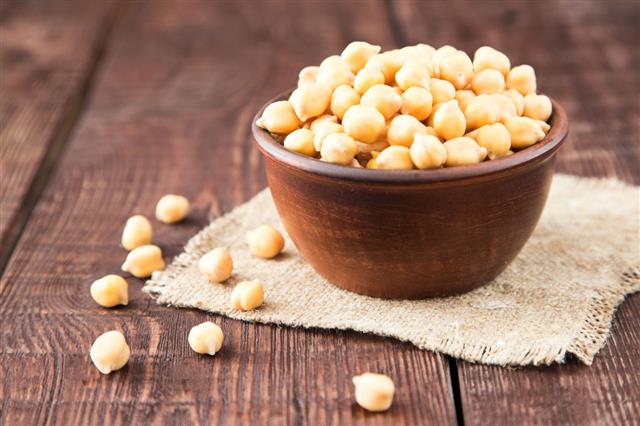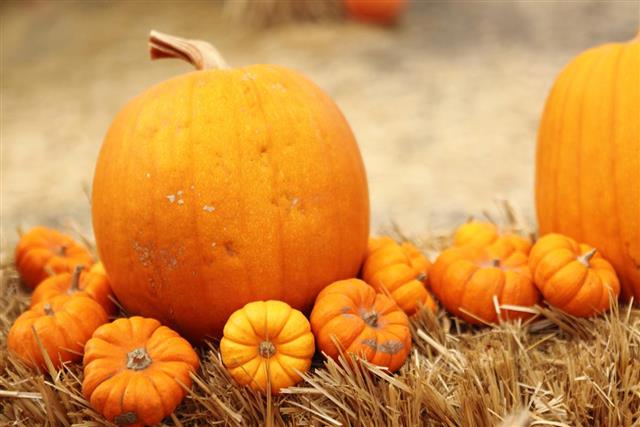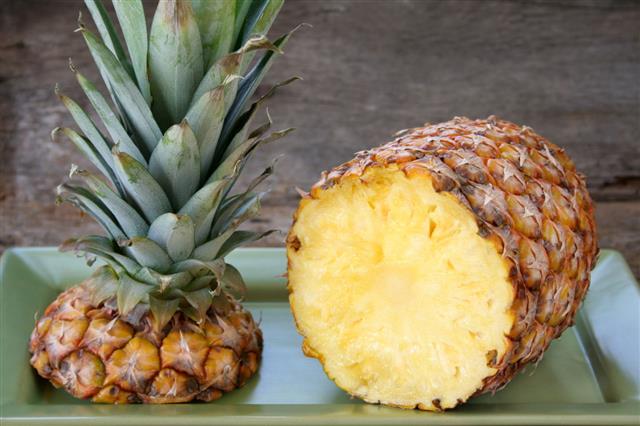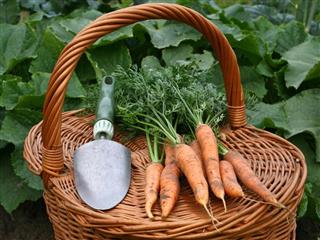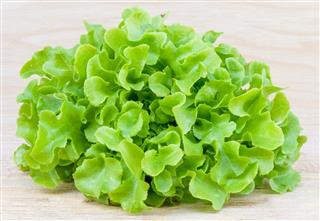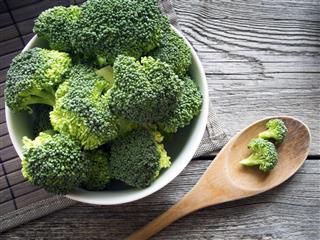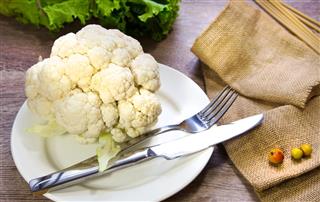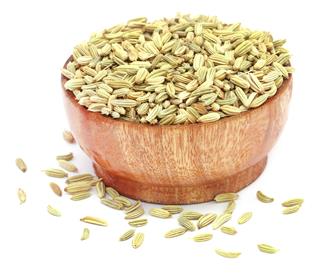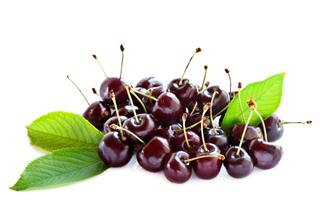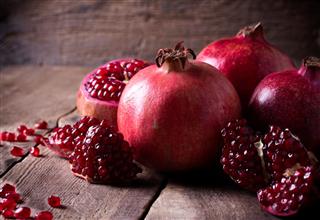
Potassium is essential to maintain heart health, but excess amount of this mineral in blood can adversely affect the function of the heart. The following article presents a list of foods rich in potassium and also a list of foods low in it. The lists can help you design a proper diet for yourself.
The mineral “potassium (symbol: K)” which is obtained from both animal and plant sources, helps maintain water and pH (acid/base) balance. It helps regulate heartbeat and blood pressure. It plays an important role in lowering sodium levels too. It aids muscle contraction, and helps send nerve impulses throughout the body. It keeps an eye on various enzymatic reactions. Certain type of tissue destruction can force this mineral in cells to enter into the blood stream, and this can raise the blood potassium levels. The condition wherein excess amount of this mineral affects the body functions, including heart function, is known as hyperkalemia. It can cause slow heartbeats, low pulse, and fatigue. Certain diseases require limited use of this mineral.
Those diagnosed with hyperkalemia should include low potassium foods in the diet. To deal with the deficiency of this mineral (hypokalemia), high potassium foods should be incorporated in the diet. In case of such deficiency, even high sodium foods should be avoided, as these foods would raise blood pressure levels, and would destroy all the benefits gained from potassium-rich foods. Foods that play the role of diuretics, for example, celery, asparagus, and melons should also be avoided, because these foods can flush the mineral K out of the body. Exactly opposite instructions are given to people with high K levels.
Foods Rich in Potassium
| Food Item | Mineral K (in mg) | Food Item | Mineral K (in mg) |
| Spinach | 839 | Avocado | 540 |
| Cantaloupe | 494 | Broccoli | 456 |
| Tomatoes | 427 | Artichokes | 595 |
| Beetroot | 1309 | Brussels Sprouts | 504 |
| Parsnips | 573 | Blackeyed Peas | 690 |
| Potatoes | 1081 | Pumpkin | 564 |
| Salisfy | 526 | Soybeans | 886 |
| Winter Squash | 896 | Water Chestnuts | 720 |
| Yam | 735 | Bitter Melon | 934 |
| Bamboo | 640 | Chinese Radish | 970 |
| Fennel | 828 | Lotus Root | 726 |
| Mustard Green | 1396 | Taro Root | 591 |
| Apricot (3) | 814 | Banana | 467 |
| Currants | 892 | Dates (5) | 542 |
| Figs (2) | 542 | Guava | 580 |
| Papaya (1/3) | 781 | Passion Fruit | 934 |
| Persimmon | 540 | Plantain | 893 |
| Pomegranate | 678 | Prune | 707 |
| Raisins | 544 | Plums (2) | 520 |
| Clams | 534 | Cashews | 812 |
| Pistachios | 1331 | Adzuki Beans Milk | 612 |
| Navy beans | 670 | Plain Yogurt | 625 |
| Buckwheat | 782 | Quinoa | 1258 |
| Wheat Germ | 1080 | Wholemeal Pasta | 800 |
| White Beans | 1309 | Lentils | 731 |
| Pinto beans | 800 | Wholemeal Pasta | 800 |
Foods that can Curb Hyperkalemia
| Food Item | Mineral K (in mg) | Food Item | Mineral K (in mg) |
| Apples peeled | 62 | Applesauce, canned | 80-90 |
| Cranberry sauce | 36 | Blueberries | 65 |
| Lemon | 80 | Pears canned | 83 |
| Pineapple | 88 | Raspberries raw | 94 |
| Watermelon | 93 | Orange | 237 |
| Pineapple | 133 | Strawberries | 124 |
| Tangerine | 132 | Raw Alfalfa Sprouts | 13 |
| Green Beans | 76 | Cauliflower | 125 |
| Cabbage | 80 | Bean Sprouts | 70 |
| Carrots cooked | 114 | Collards cooked | 84 |
| Corn cooked | 114 | Endive raw | 79 |
| Leeks cooked | 46 | Lettuce | 87 |
| Onions | 124 | Peppers raw | 89 |
| Popcorn | 20 | Turnips | 106 |
| Kale | 148 | Celery | 171 |
| Chickpeas | 239 | Sweet Cherries (10) | 152 |
The symptoms of hyperkalemia are noticed when the potassium level in blood reaches 7.0 mEq/liter. Higher levels can cause muscle weakness, nausea, fatigue, and a tingling sensation. In severe cases, increased levels may result in a slow heartbeat and a weak pulse. Regular blood tests help monitor the levels.
Tips to Lower Potassium
- Avoid salt substitute because it contains the element K.
- Potassium-free herbs, spices, and seasoning mixes should be used in cooking.
- Limit fruits and vegetables to 4 servings (1/2 cup each) a day.
- Limit milk (all types of milk, buttermilk, yogurt, and ice cream) to 1/2 cup a day.
- Limit the vegetables like asparagus, beets, brussels sprouts, collard greens, corn, dandelion greens, kale, etc. to one serving (½ cup).
- Completely avoid very high potassium fruits, vegetables, and foods like chocolate candy, beverages, molasses, nuts, etc.
Normally, a low sodium high potassium diet is considered as healthy diet. Cutting down salt intake, increasing the intake of the mineral K, shedding excess pounds, increasing physical activities, and following an overall healthy and balanced diet can help maintain blood pressure levels. People with normal blood pressure are less likely to suffer from heart diseases, stroke, or kidney diseases.
Disclaimer: This article is for informative purposes only, and should not be substituted for the advice of a medical professional.
